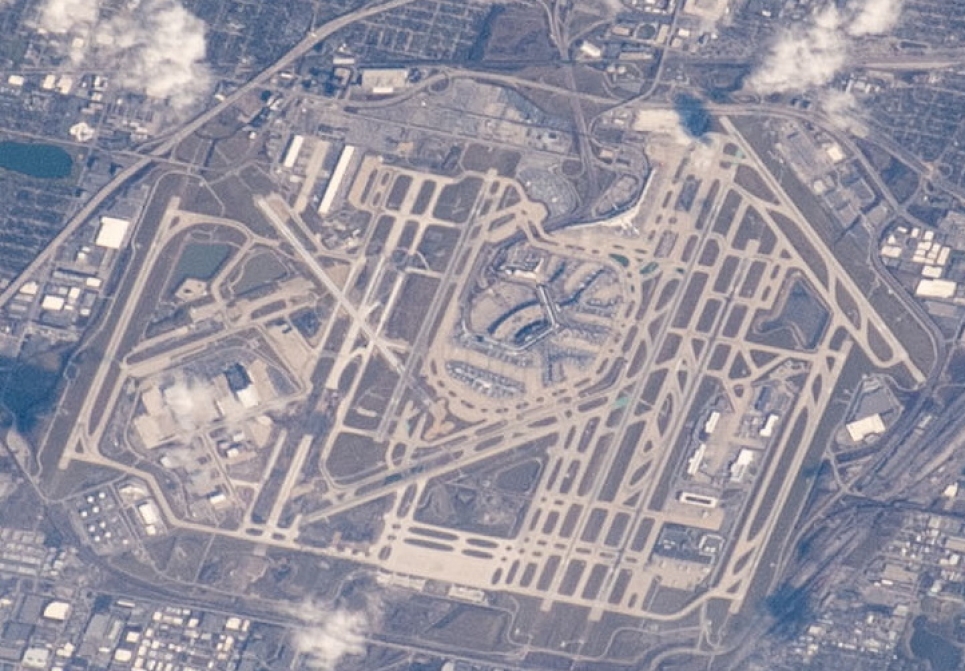
O’Hare Airport Short-Term Multimodal Demand Forecast Using Gaussian Processes
The principal objective of this study is to analyze the spatial and temporal variation of multimodal airport demand and to provide short-term demand forecast to inform planning capability and explore alternatives for investments to accommodate airport growth. Because of its good adaptability and strong generalization ability for dealing with high-dimensional input, small-sample, and nonlinear spatial data, Gaussian process (GP) regression is used to provide multimodal short-term forecast estimates using data from Transportation Network Company (TNC) trips and urban rail passengers at Chicago’s O’Hare International Airport. TNC airport trips differ significantly, with three times more distance, more than twice the travel time, and half of the share requests than non-airport trips. This highlights the need for separate demand models. Hourly analysis of the rail service indicates that this is likely heavily used by airport workers, whereas TNC services focus on travelers because of variations in the peak demand hours. Heteroscedastic GP regression is implemented because of differences in trip variance between night and day hours. Short-term estimates are given for weekdays and weekend trips, and the 95% confidence intervals are calculated. The introduction of flight schedule information into the models shows marginal improvements in their performance. However, fitting a GP regression becomes computationally expensive with the increase of sample size and the introduction of spatial components. Transportation planners and policymakers can use the results and methods implemented in this study to optimize transportation assets and provide long-range simulations of the current and future conditions in the area.
Zoom Link: https://argonne.zoomgov.com/j/1614679932